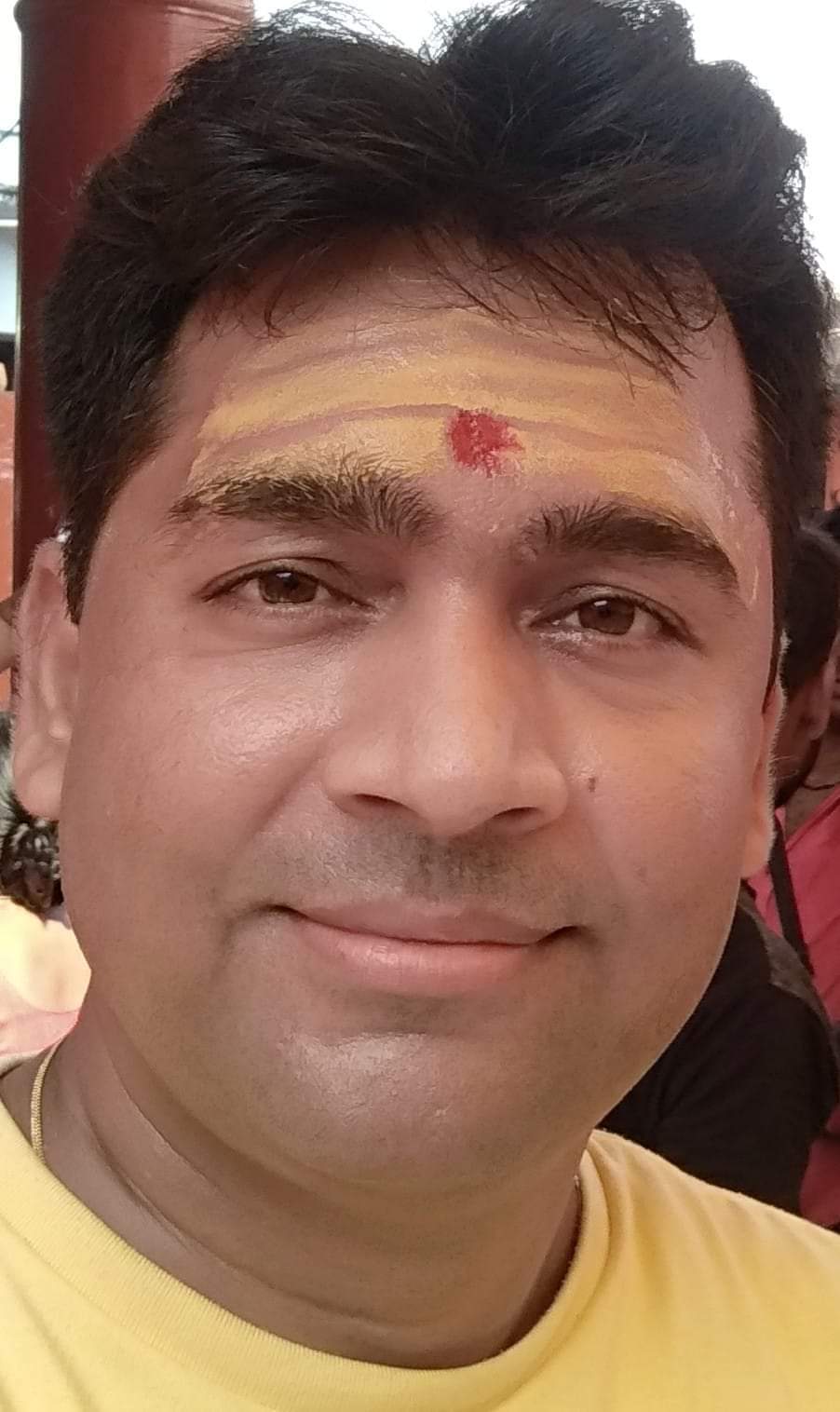नाद नाद सब कोई कहै, नादहि लै को बिरला रहै।
नाद बिन्द है फीकि सिला। जिहिं साध्या तै सिधै मिला।। गोरखबानी
Our Vision
We envision a world where the spiritual legacy of the Nath Panth inspires individuals to awaken the self-beyond-self, the experience beyond mere ritual. A society enriched by practitioners who are rooted in the tradition yet alive to the needs and challenges of modern life.
-
What We Offer
Clear expositions of the Nath path: its history, key figures, philosophies, and practices.
Guidance in yogic living: meditation, ethical discipline (yama/niyama), and service to others.
Resources for scholars, students, and practitioners alike—from the mystical to the academic.
A living bridge between our sacred heritage and contemporary spiritual inquiry.-
Why the Nath Panth Matters
In a world often marked by external distractions and inner restlessness, the Nath Panth offers something profoundly grounding:
A discipline of the body, mind, and heart that leads to freedom from inner conflict.
A tradition where sādhanā (spiritual practice) is woven into everyday life—not confined to retreat.
A lineage that is open, dynamic, and deeply experiential—inviting each person to walk the path for themselves.

Dr. Sonal Singh
Project Coordinator
Sonal Singh brings extensive experience and deep insights to ensure smooth project execution.

Prabhat Kumar singh
Creative Strategist
Prabhat is celebrated for innovative thinking and effective problem-solving techniques.

Amit Vikram Singh
Technical Specialist
Amit provides expert technical knowledge and fosters forward-thinking solutions.

Dr. Harshvardhan Singh
Team Leader
Vardhan excels at leadership and crafting strategic directions for success.
Join Us
Whether you are a sincere seeker, a curious mind, or a committed student of yoga and philosophy—we welcome you on this journey. By engaging with the teachings of the Nath Panth, you become part of a living tradition: one that honors the past, serves the present, and awakens the future.
नौ नाथ नै चौरासी सिधा, आसणधारी हुवा।
गोरखबानी आदिनाथ नाती मछिंद्र नाथ पूता। व्यंद तोलै राषीले गोरष अवधूता।। गोरखबानी
